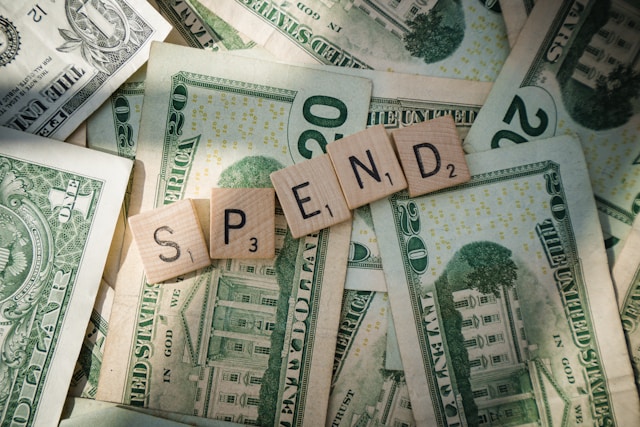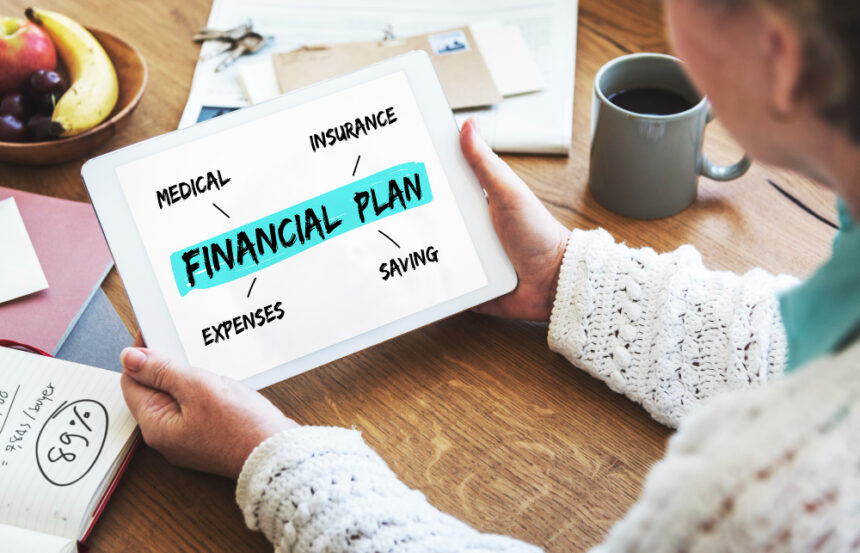Mastering your personal budget is more than just keeping track of your expenses—it’s about taking control of your financial future. A well-organized budget can help you manage your money, pay off debt, save for the future, and achieve your financial goals. In this comprehensive guide, we’ll explore the steps you need to take to create an effective personal budget and pave the way for financial freedom.
Creating a budget is often viewed as a tedious task, but it’s an essential part of achieving long-term financial stability. Whether you’re trying to pay off debt, save for a major purchase, or simply want to track your spending, a personal budget can help you stay on track.
Understanding the Basics of a Personal Budget
Before diving into the process of creating a budget, it’s important to understand what a personal budget entails. A personal budget is essentially a financial plan that outlines how you will allocate your income across different categories such as housing, transportation, groceries, savings, and entertainment.
The purpose of a personal budget is to ensure that you are not spending more money than you earn, which could lead to debt. By setting limits on spending and prioritizing saving, a budget helps you live within your means and build wealth over time.
A key component of budgeting is knowing where your money goes. Most people are surprised by how much they spend on non-essential items like dining out or subscriptions. Understanding your spending habits will give you a clearer picture of your financial situation.
Step 1: Evaluate Your Income and Expenses
The first step in creating a personal budget is to evaluate your income. This includes all sources of income, such as your salary, freelance work, investments, or any other side hustle.
Once you have a clear understanding of your total income, it’s time to list all of your expenses. Break them down into fixed and variable categories. Fixed expenses are those that stay the same every month, such as rent or mortgage payments, utilities, and insurance. Variable expenses, on the other hand, change each month and include things like groceries, gas, and entertainment.
Tracking these expenses is crucial to understanding where you might be overspending or where you can cut back. Once you have a complete picture of your income and expenses, you’ll be ready to move to the next step.
Step 2: Set Financial Goals
Having clear financial goals is one of the most important aspects of budgeting. Whether your goal is to pay off credit card debt, save for a vacation, or build an emergency fund, setting specific, measurable, achievable, realistic, and time-bound (SMART) goals will keep you motivated and focused.
Start by listing your short-term and long-term financial goals. For example, a short-term goal might be saving $500 in the next three months, while a long-term goal could be building a retirement fund or buying a home within five years.
By aligning your budget with these goals, you ensure that your spending and saving habits are working towards your desired outcome. This will make it easier to make necessary adjustments to your budget and stay on track.
Step 3: Create Your Budget Plan
Now that you’ve evaluated your income, expenses, and goals, it’s time to create your personal budget plan. This involves allocating specific amounts of money to each category based on your priorities and goals.
There are several popular budgeting methods, such as the 50/30/20 rule, the envelope system, and zero-based budgeting. The 50/30/20 rule is a simple approach that allocates 50% of your income to needs, 30% to wants, and 20% to savings and debt repayment.
Another method is zero-based budgeting, where you allocate every dollar of your income to a specific category, ensuring that your income minus your expenses equals zero. This is an effective way to ensure you’re not overspending in any one area.
Choose a budgeting method that works best for your financial situation and lifestyle. A simple spreadsheet or budgeting app can help you track your expenses and keep everything organized.
Step 4: Track Your Spending Regularly

Once you’ve set up your budget, it’s important to track your spending regularly. This helps ensure that you’re sticking to your plan and not overspending in certain areas.
Many budgeting apps allow you to link your bank accounts and credit cards, making it easy to track your expenses automatically. Alternatively, you can review your bank statements and manually input your spending into a budget tracker.
Tracking your spending not only helps you stay accountable, but it also gives you insight into areas where you might be able to cut back. For example, you might realize you’re spending more on takeout than you thought, which could free up more money for savings or paying off debt.
Step 5: Adjust and Make Changes as Needed
A personal budget is not a one-size-fits-all solution. Your financial situation will change over time, and your budget should reflect those changes. If you receive a raise, take on additional debt, or have unexpected expenses, adjust your budget accordingly.
It’s important to be flexible and willing to make changes. Regularly reviewing your budget and comparing it to your actual spending will help you stay on track toward your financial goals.
In addition, if you find that you’re consistently overspending in certain categories, look for ways to make adjustments. For example, consider cutting back on discretionary spending like dining out or canceling unused subscriptions.
Step 6: Build an Emergency Fund and Save for the Future
One of the key benefits of having a personal budget is the ability to save for the future. One of the first things you should prioritize is building an emergency fund.
An emergency fund is a savings cushion that you can use in case of unexpected expenses, such as medical bills, car repairs, or job loss. Financial experts recommend saving at least three to six months’ worth of living expenses in an emergency fund.
Once you’ve built your emergency fund, you can begin saving for other financial goals such as retirement, a down payment on a house, or a vacation. Automating your savings by setting up automatic transfers to your savings account will help you stay consistent and reach your goals faster.
The Path to Financial Freedom
Mastering your personal budget is one of the most effective ways to gain control of your finances and work toward financial freedom. By evaluating your income and expenses, setting clear goals, creating a budget plan, tracking your spending, and making adjustments as needed, you can achieve your financial objectives and live a financially secure life.
Remember, budgeting is a habit that takes time to develop, but with consistency and discipline, you can achieve financial freedom and live the life you’ve always dreamed of.

